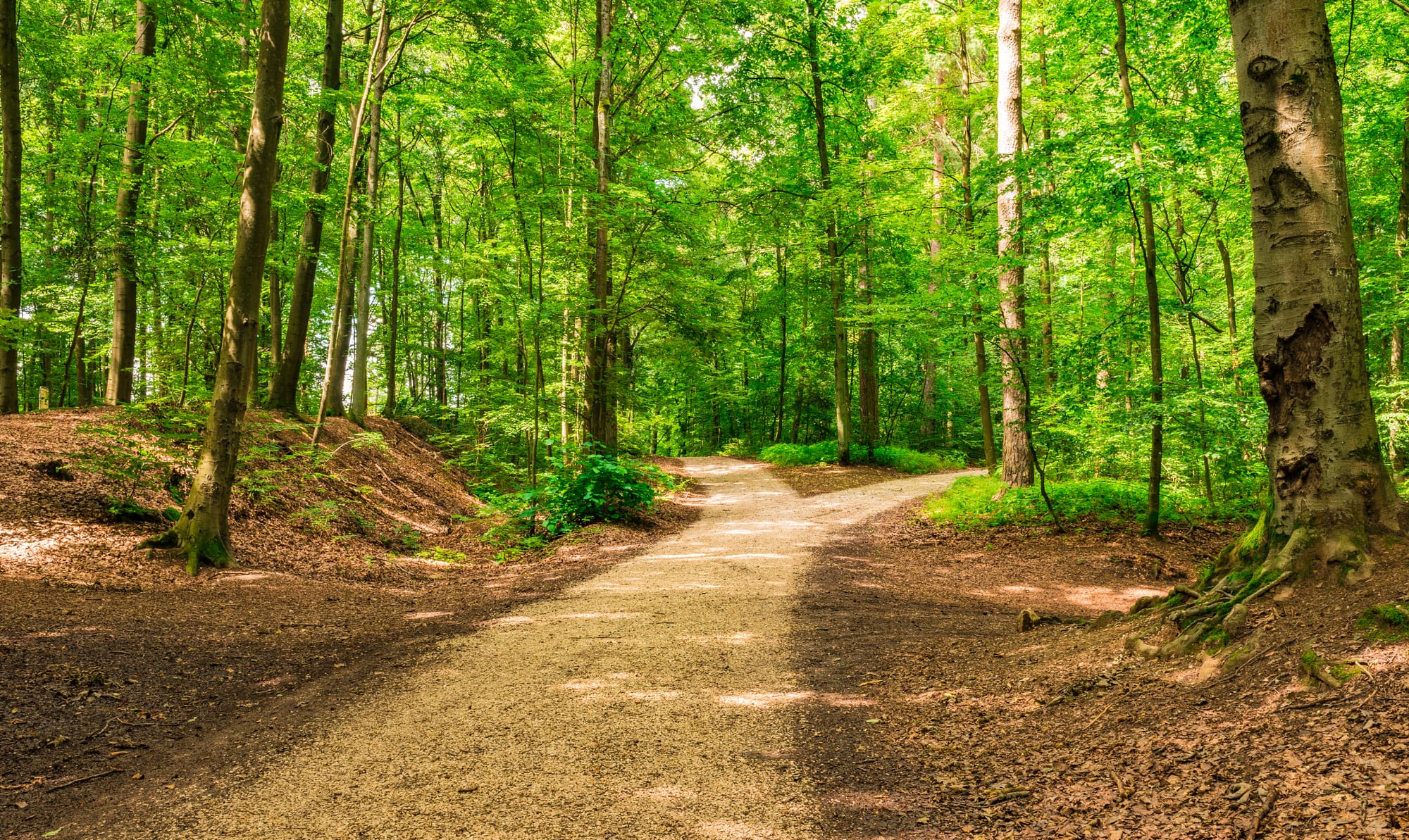Rails-to-Trails on Westside of Indianapolis

A Transformation on the Westside of Indianapolis concept of transforming abandoned railway corridors into vibrant recreational trails has gained significant traction in recent years. This provides communities with valuable green space and alternative transportation options. The Westside of Indianapolis is poised to benefit from this movement, particularly with recent developments regarding a former CSX rail line.
The Emergence of the Rails to Trails Movement.
Rails-to-trails projects are rooted in repurposing old, unused railroad beds into trails for walking, biking, and other recreational activities. This initiative preserves the railways' historical significance, enhances community engagement, improves public health, and promotes environmental sustainability. Across the United States, these trails have become essential assets, contributing to the local economy and improving quality of life.
Recent Developments on the Westside
December, the City of Indianapolis formally requested to convert an abandoned rail line on the city's Westside into a recreational trail. According to federal documents, CSX Transportation, the company that owns the rail line, has expressed interest in negotiating an agreement with the city. This development marks a significant step towards realizing the Westside's outdoor recreation and connectivity potential.
The transportation board has given the city and CSX one year to finalize an agreement, a timeline that could pave the way for extensive community engagement and planning. Residents and stakeholders have been encouraged to share their visions for the trail, ensuring that the project aligns with the community's needs.
Benefits of the Proposed Trail
The proposed trail on the Westside of Indianapolis could offer numerous benefits:
1. Improved Connectivity: The trail is expected to connect neighborhoods, schools, parks, and local businesses, promoting non-motorized transportation and enabling residents to travel safely without a car.
2. Enhanced Quality of Life: Access to green spaces and recreational facilities is essential for physical and mental health. The trail would provide a picturesque setting for exercise and leisure activities, encouraging a healthier lifestyle.
3. Economic Boost: Trails have been shown to increase property values and attract tourism. The new trail could increase foot traffic in local businesses, fostering economic growth in surrounding areas.
4. Environmental Impact: Converting the rail line into a trail supports sustainable practices by encouraging walking and cycling, reducing reliance on cars, and contributing to improved air quality.
5. Community Engagement: Creating a trail allows community involvement during planning. Residents can contribute their ideas and feedback, ensuring the trail meets the population's diverse needs.
Looking Ahead
As the year unfolds, many eyes will be on the negotiations between the City of Indianapolis and CSX. Community members need to stay engaged in the process and advocate for a design that reflects local desires and values.
The vision of a recreational trail on the Westside of Indianapolis is more than just a physical path; it's a step towards building a healthier, more connected community. If successful, this project could serve as a model for similar initiatives across the state and beyond, demonstrating the lasting impact of turning old railways into vibrant community resources.
As the wheels of progress begin to turn, residents hope this transition will soon offer them a new avenue for recreation, transportation, and community connection. The journey from rail to trail is just beginning, and its future looks bright.